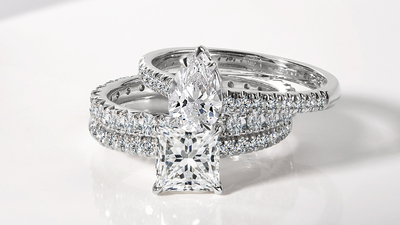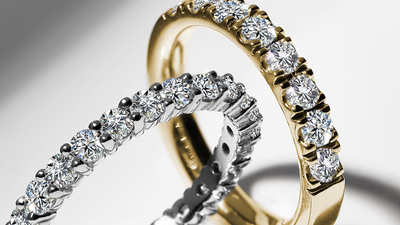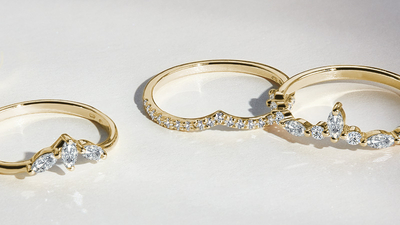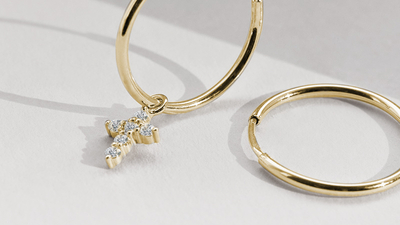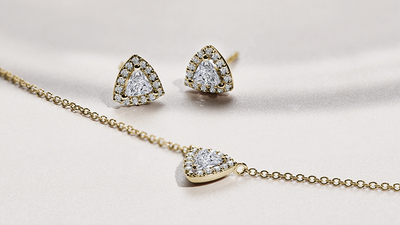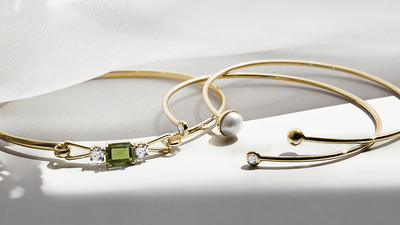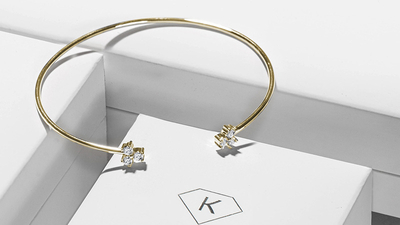The word hardness has a beautiful definition - it is a measure of the resistance of a substance (in our case a stone) against the force of another substance. The approximate hardness of minerals is most often quoted using the Mohs scale which was invented by the German mineralogist Carl Friedrich Christian Mohs. The hardness of a mineral is affected by many factors. Some are related to its internal arrangement while others to its external properties. In general, the closer the individual ions are to each other in the mineral’s structure, the higher its hardness. Another important factor is the hardness of the crystal lattice, because various deformities make the mineral more brittle. From the external properties, hardness is affected by the way a mineral cleaves as well as the amount of inclusions, crystal adhesions, weathering and cracks in it.
What role does the way a mineral cleaves play?
The degree of hardness is relative and does not mean that the harder the mineral, the more resistant it is. This is because each stone is hard in different ways depending on its orientation and this is precisely due to its cleavage planes. And a single mineral can have more than one of these. The most ideal situation is of course when it has no cleavage planes, which means that it does not cleave. With such minerals we then look at their fracture and when it comes to this, orientation does not matter. Knowing the cleavage planes on a mineral is therefore one of the key pieces of information in order to orient a gemstone correctly when it is going to be cut. The cleavage of minerals can be described in terms of several levels of quality - it can be classified as perfect, good, poor, imperfect or none at all. If the cleavage is perfect to good, extra care needs to be taken with the stone to prevent damage.
An introduction to the Mohs scale
This scale makes it possible to determine approximately how hard a stone is. It works on the basis of comparison with selected minerals, in other words, the ability of a harder material to scratch a softer one. The minerals are ranked from the softest (rated 1) to the hardest (rated 10).
A mineral is tested by being scratched. You can scratch a mineral with a hardness of 1 and 2 with your fingernail because fingernails themselves have a hardness of 1.5–2. On the other hand, a harder mineral can leave a scratch on a fingernail. If an ordinary knife leaves a mark on the mineral, then this would be a mineral with a hardness of up to 5. In practice, this means that a knife will not leave a mark for example on quartz which has a hardness of 7. If a particular mineral scratches glass, its hardness is greater than 5. A diamond should therefore be able to scratch all of the softer minerals. There are also materials harder than a diamond, but they are made in laboratories.
There are several methods which we can use to measure the hardness of materials however this is the most common and popular one because it is easy to verify.
So which stone is the right one?
Let's take a look at the individual types of stones that you’ll find in the KLENOTA range. We buy all of them from certified suppliers and their origin is also underpinned by a certificate of authenticity which you’ll receive together with your jewellery. Every stone is unique and we approach them accordingly - with humility and responsibility.
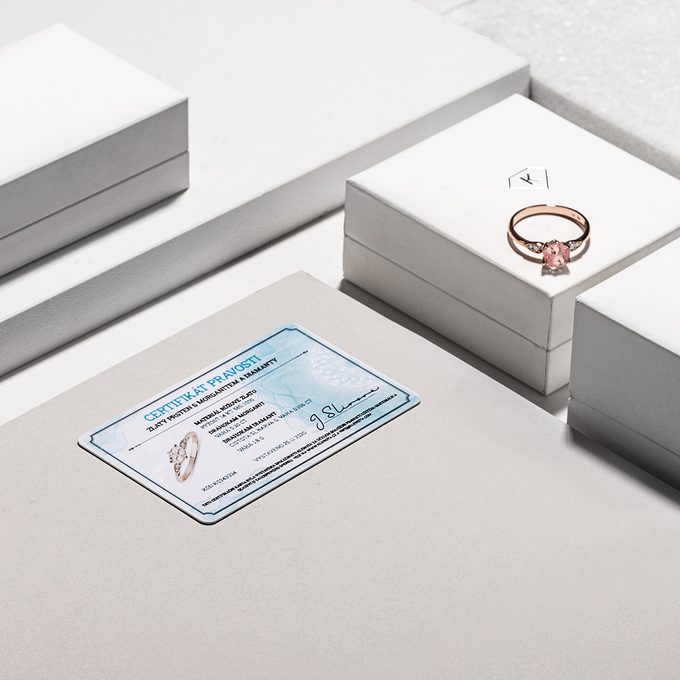
Stones rated 5.5–6.5 on the Mohs scale
Moldavite is a unique Czech gemstone. It is classed as a tektite (in layman's terms, this is fragile natural glass) and it is legendary for its shades of green. It does not cleave, but it is relatively soft. Both raw moldavite as well as the cut stones suit jewellery. The sculptured pattern or surface ridges are valued in the raw stones and the most valuable are the "hedgehog" moldavites which have spiky edges. However these can be thin and prone to breaking which devalues the stone. Because of the way moldavites were created, inclusions in the form of bubbles appear in them very often and these stand out especially in moldavites which have been cut and polished. The more inclusions a gemstone has, the more fragile it is, therefore we don’t recommend exposing moldavites to pressure and shocks since they could crack. However due to gas bubble inclusions, moldavites do not even suit rapid temperature changes or extreme temperatures. At our jewellery studio, we set them into all types of jewellery.
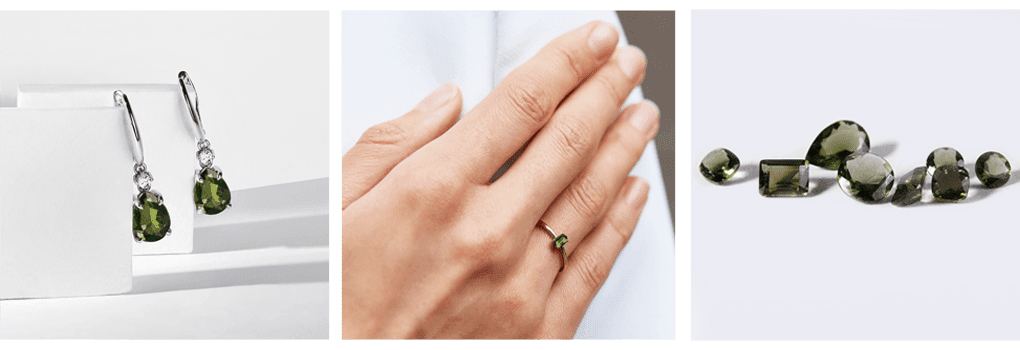
Stones rated 6–6.5 on the Mohs scale
Minerals from the feldspar group are a new addition to our range. Feldspars have a perfect cleavage in one or more directions. This makes them brittle minerals that crack at higher temperatures or with bigger pressure. In our range, we have a trio of feldspars which have a lot in common with each other - labradorite, sunstone and moonstone (adularia).
Adularia and labradorites have a perfect cleavage and some even in several directions. They seldom contain inclusions but despite this, they are very fragile. They are affordable, mysterious and attractive stones that reveal their beauty only when angled in a certain direction to the light. This quality is the payoff for their fragility. They don’t tolerate pressure and temperature changes and some stones can also react with acids. They are soft, so there is an increased risk of damage from knocks etc. Their special effect in the light is especially obvious when they are cut into round shapes on earrings and pendants.
Sunstones would not be “sun” stones if they didn’t contain metal inclusions. They owe their optical effects to these. Their inclusions do not make them more fragile because they are very small and scattered. Sunstones are affordable and attractive stones, but because they are a feldspar, they are fragile. See for yourself how lovely they look in our collection.
Stones rated 6.5 on the Mohs scale
Tanzanite was not discovered until the 20th century. It is soft and brittle because it cleaves well. On the other hand though, it almost never contains any inclusions that would make it even more fragile than it already is. However its blue colour and trichroism is unique and it creates an interesting impression when set into jewellery. If you opt for a tanzanite, be especially careful when wearing rings.
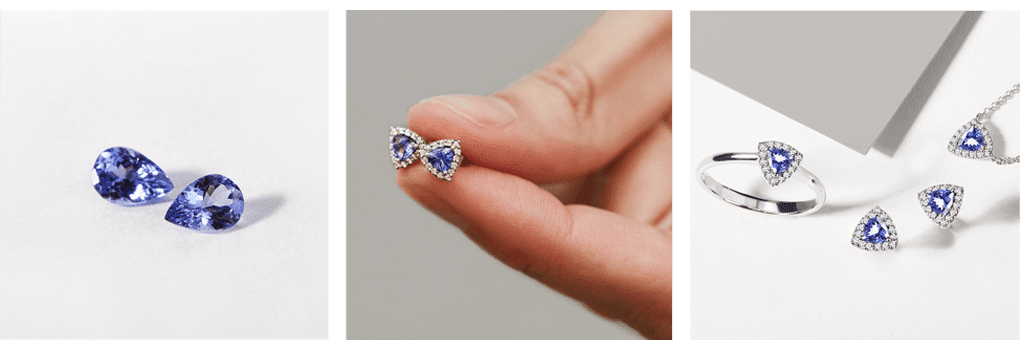
Stones rated 6.5–7.5 on the Mohs scale
Peridot, (also known as olivine in its raw mineral form), has a perfect cleavage, so you should avoid applying pressure to it. Due to its lower hardness, it is sensitive to careless handling. Peridot can also contain “hairs” of the mineral ludwigite in it which can make it even more brittle. It also doesn’t do well in acidic or alkaline environments, but the stone ought to be ok and should withstand normal day to day wear in jewellery. Its vibrant colour makes it stand out in all types of jewellery.
At a hardness of 6.5–7, there is also a stone from the garnet family of minerals and that is the mysteriously green stone tsavorite, which goes beautifully with gold. It does not cleave, but it can contain inclusions. If you choose this gemstone, try to ensure that the stone does not crack due to temperature shocks.
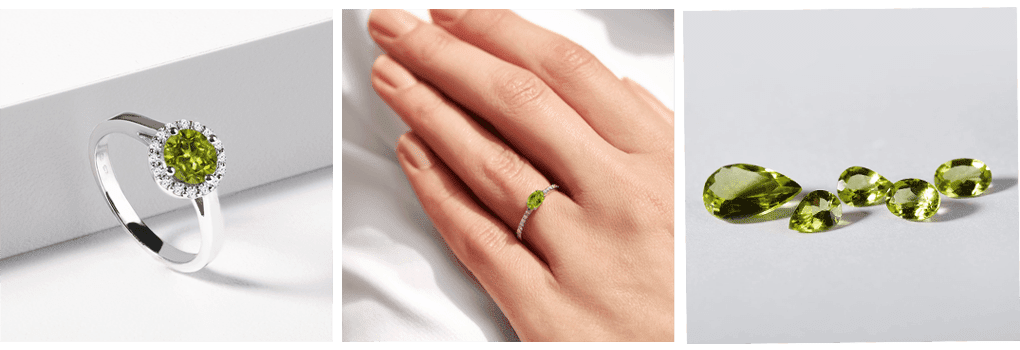
Stones rated 7 on the Mohs scale
Quartz is a relatively hard stone and comes in attractive colour varieties. In our range, you’ll find purple and green amethysts as well as yellow citrines. Quartz does not cleave, which means that it is resistant to pressure from all sides. The fragility of quartz can however increase with the presence of inclusions. Aside from this, quartzes are generally very tough and don’t require any special treatment.
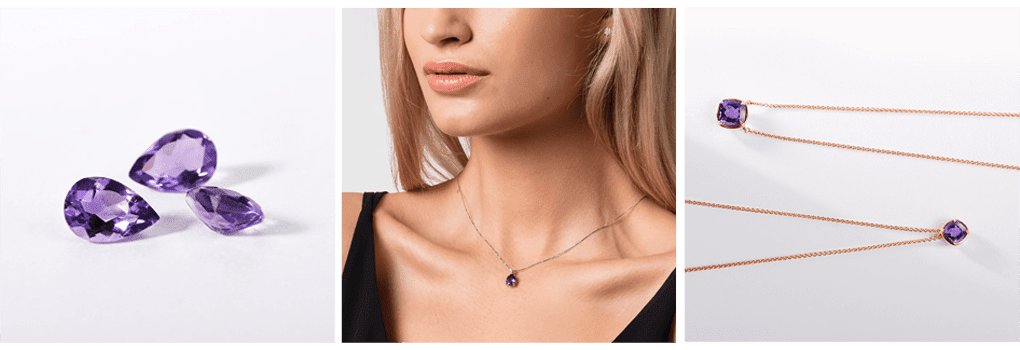
The garnet family also includes the deep red-purple almandine and rhodolite which have a hardness of 7-7.5. They either have an imperfect cleavage or none at all. These are therefore durable stones which are suitable for rings and other types of jewellery even in larger sizes. Pieces that contain inclusions are more fragile, something which is not uncommon with garnets.
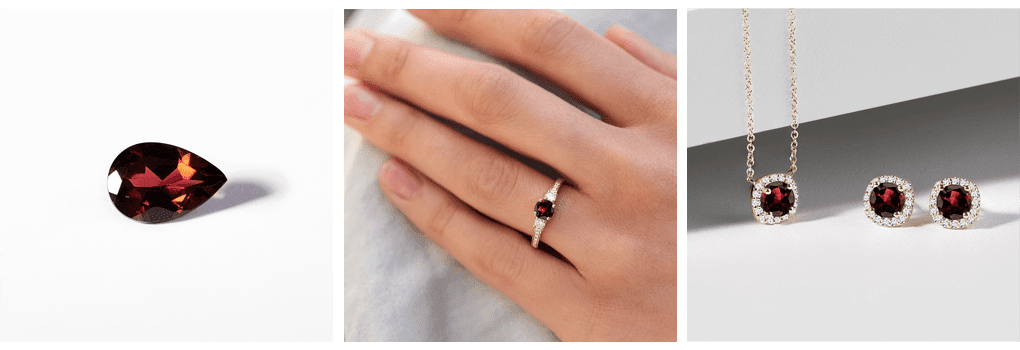
As far as the tourmaline family of stones, we have rubellites in our collection. These are interesting reddish-pink stones which are similar to rubies. They are quite hard (7-7.5) and have relatively no cleavage or even none at all. They may contain inclusions and sometimes also cracks. It is therefore better for them to avoid pressure, temperature and other shocks which come with wearing rings.

Stones rated 7.5–8 on the Mohs scale
Among this group of minerals are beryls, which include emeralds, aquamarines and morganites. They have an imperfect cleavage which means that they are more durable as stones.
People have been wearing emeralds for thousands of years. When choosing emerald jewellery, keep in mind that despite their hardness and imperfect cleavage, emeralds are quite delicate. Today's emerald deposits rarely mine perfect raw specimens which don’t have any inclusions or small cracks and this is why emeralds are suitable for earrings or necklaces. They are recommended for rings only for special occasions. Their surface doesn’t scratch easily, but they are sensitive to pressure, sudden changes in temperature and shocks. And a final word of advice - even a perfect looking emerald can have cracks in it but if you soak the stone in oil for a few hours, it optically unites and appears whole. However an emerald impregnated with oil in this way does not become more durable.
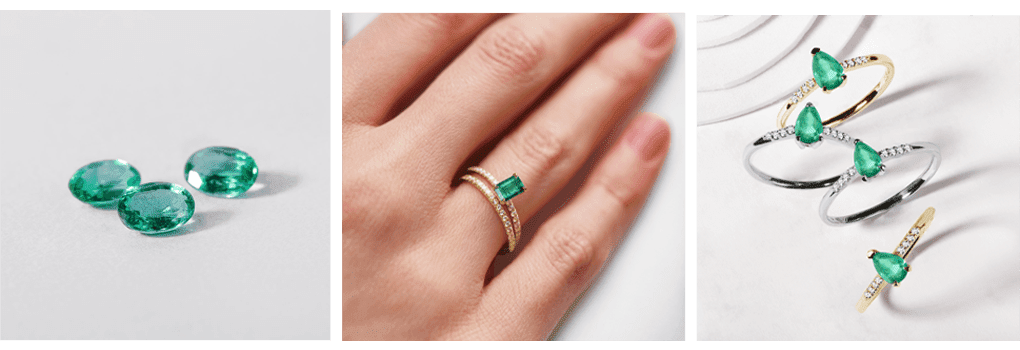
Blue aquamarine is also available in larger pieces. It seldom contains inclusions or cracks and is therefore suitable for all types of jewellery, from bracelets to rings. Even so, it is good to handle it with care because it can be fragile.
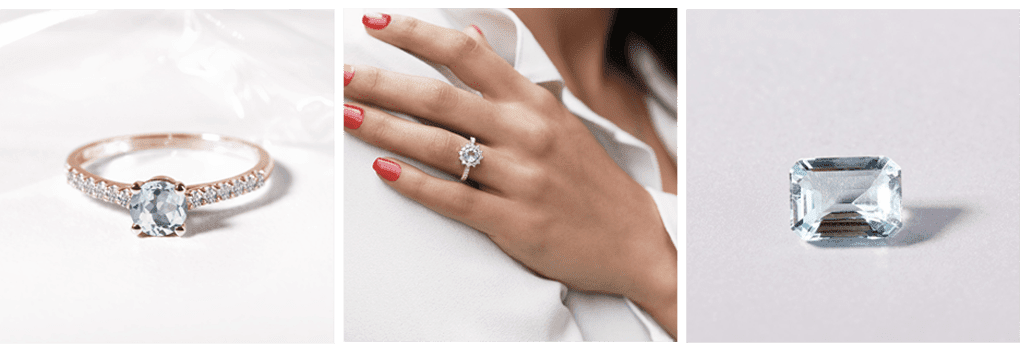
Pink morganite was discovered in the 20th century. It is a more expensive stone which is also available in larger sizes. It can contain gas inclusions or even moving fluid gas inclusions which are much sought after by collectors. Fortunately, these are not visible, so the stone appears perfect. Morganite is durable and suitable for all types of jewellery, even for day to day wear and you don't even have to worry about scratching it. At KLENOTA, we set it into all types of jewellery.
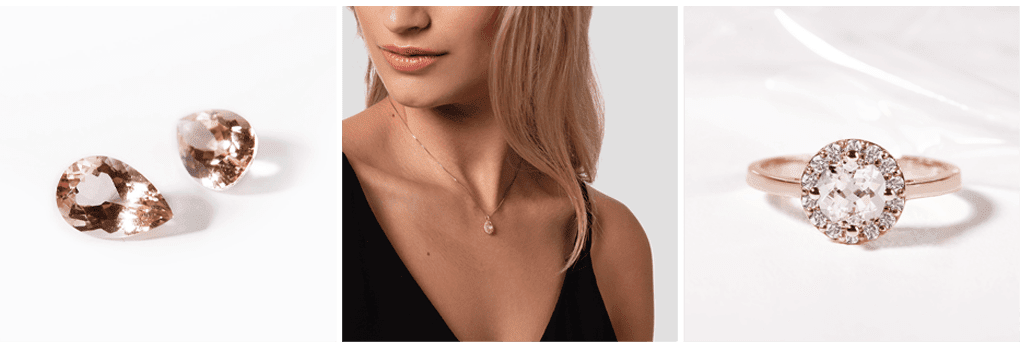
Stones rated 8 on the Mohs scale
Among mineral rated 8 on the scale is the topaz. It is a stone which best combines with yellow and white gold. It cleaves perfectly in one direction and it often contains small cracks based on which we can tell its cleavage plane. Topaz can also contain inclusions but it is a relatively hard stone that you don’t have to worry about scratching. However you need to be careful of knocks, pressure and temperature shocks since it can crack more easily than an equally hard spinel which does not cleave.
The underappreciated spinels are hard and what’s more, don’t cleave however they may contain inclusions or healed cracks which reduce their durability a little. But in general, they are durable stones which you don’t have to worry about damaging.
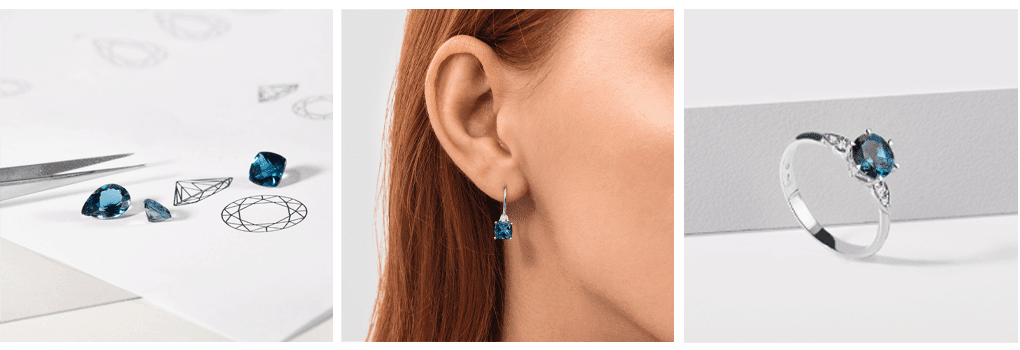
Stones rated 9 on the Mohs scale
Corundums occupy the second highest spot on the Mohs scale and the gemstone varieties of these are sapphires and rubies. Corundums are therefore very hard and moreover don’t cleave. They withstand high temperatures and if they don’t contain inclusions, they don’t even mind temperature fluctuations. Both sapphires and rubies can contain inclusions, which does make them slightly more fragile. Enjoy the beauty of our collection of blue, orange, pink and yellow sapphires as well as our range of ruby jewellery.
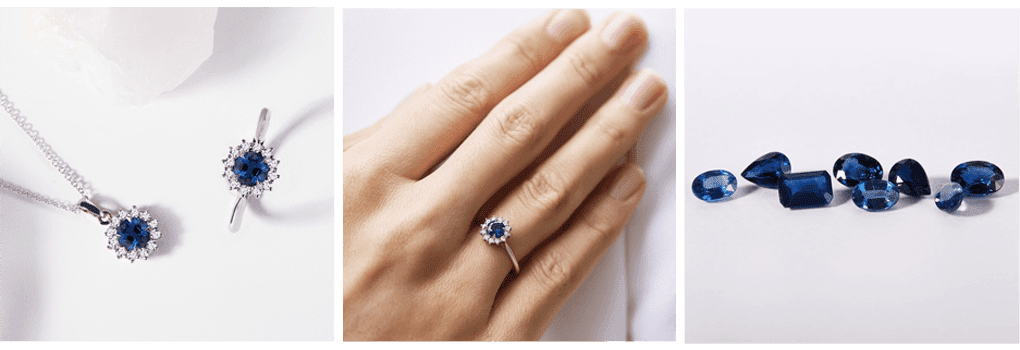
Stones rated 10 on the Mohs scale
The diamond as a symbol of perfection and the hardest natural material tops the Mohs scale at no. 10. Despite its hardness, it cleaves well so it can be damaged by impact. Sometimes it contains inclusions that detract from its beauty and price and also slightly reduce its resilience. However you don’t need to worry about diamonds during normal day to day wear. The diamond is a classic and it isn’t a victim of fashion trends. See this for yourself in our collection of diamonds ranging in colour from white all the way to black.
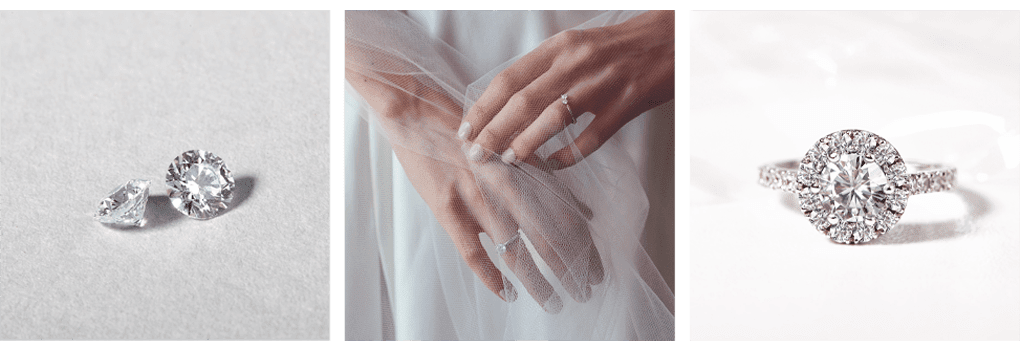
 Great Britain
Great Britain
